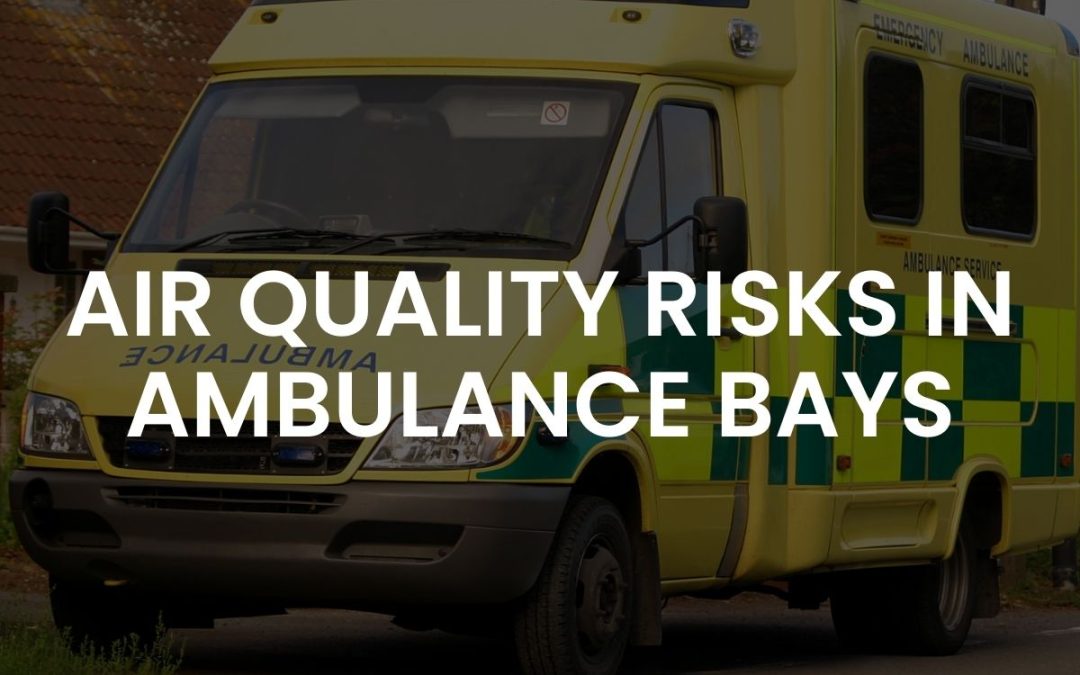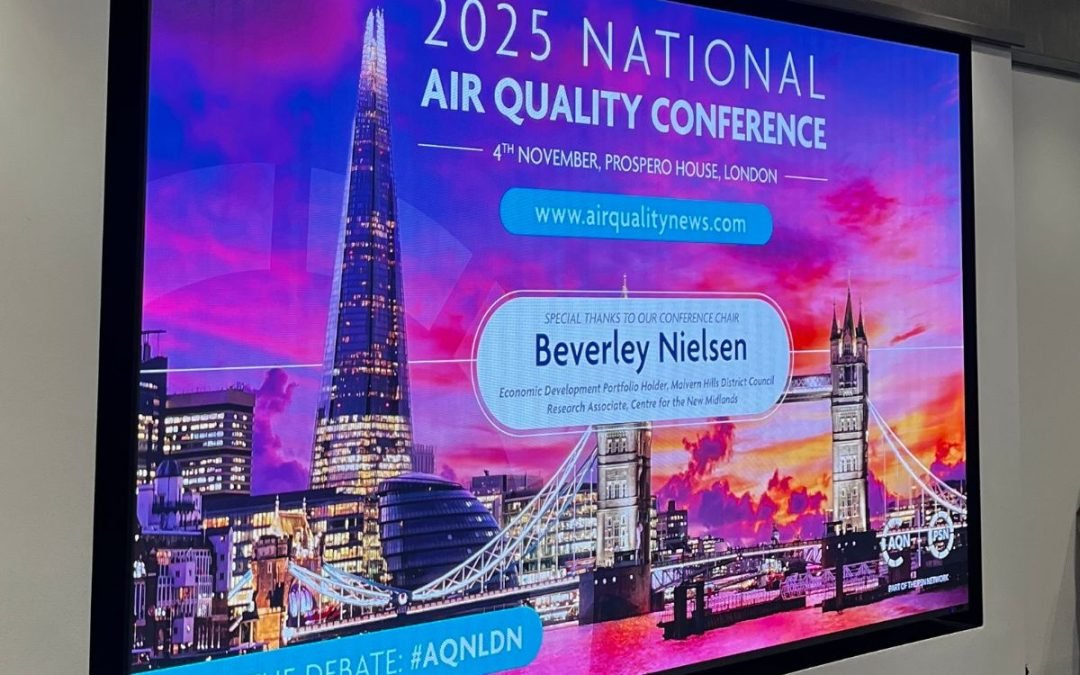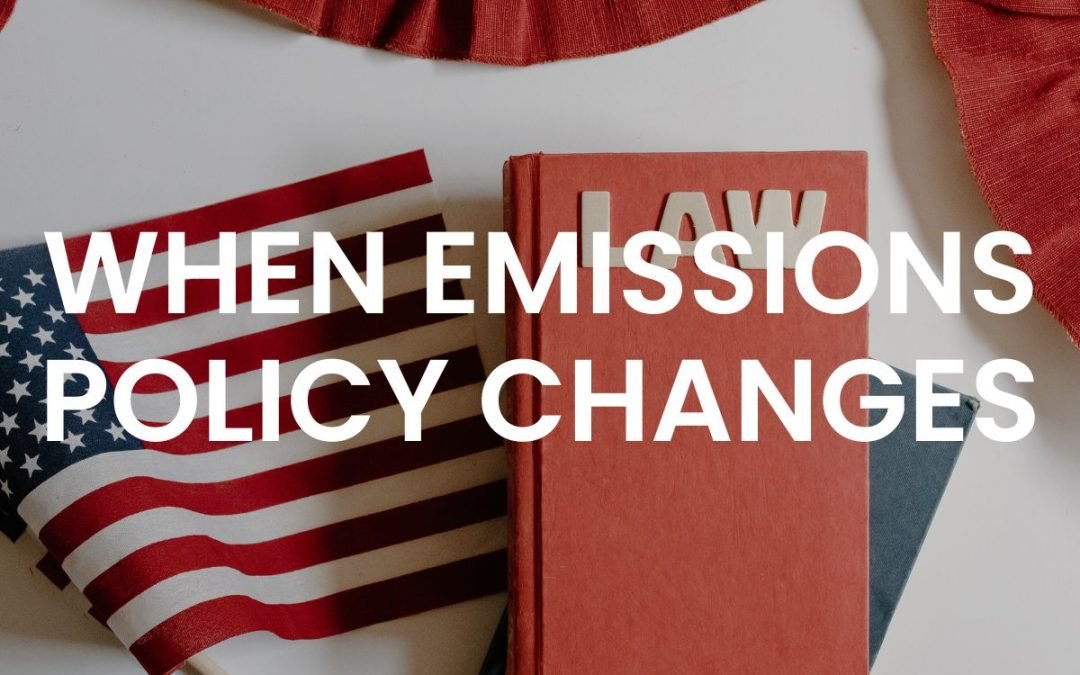Construction sites across the UK are facing increasing regulatory pressure to monitor and control air pollution. Just consider that 20% of emissions come from these sites in the UK.
Air quality monitors are now considered ideally suited to construction and demolition sites, where real-time data collection has become essential for regulatory compliance and environmental management.
As local authorities continue to strengthen requirements for new developments, precision monitoring is no longer optional—it’s becoming mandatory. This shift represents both a challenge and an opportunity for the construction sector to embrace more advanced environmental management practices.
The Growing Importance of Certified Monitoring in Construction
There are now a growing number of construction sites in the UK and internationally that have air quality monitoring as standard.
This development aligns with broader industry trends toward more precise and reliable monitoring solutions. As UK Parliament research indicates, construction activities account for a significant portion of urban particulate emissions, with the sector responsible for approximately 18% of PM10 emissions in London alone.
The Institution of Environmental Sciences (IES) recently released updated guidance that emphasises the need for integrated air quality and climate change monitoring—particularly relevant for construction sites where activities impact both simultaneously.
Monitoring is a vital component of air quality management and fulfills the following functions: to assess compliance against air quality standards and health, as outlined in the City of London’s Air Quality Strategy 2025-2030.
Why Real-Time Data Has Become Essential
The construction industry’s environmental impact extends beyond just dust. Non-road mobile machinery (NRMM), vehicle movements, and various on-site activities all contribute to pollution levels. Traditional approaches that only collect data without providing actionable insights are increasingly insufficient.
Key reasons why real-time monitoring has become crucial include:
- Over 300 local authorities have declared climate emergencies, increasing pressure for better emissions management
- New Environment Act requirements around PM2.5 targets are coming into force
- Growing evidence shows managing air quality and climate impacts together is more cost-effective
- Major infrastructure projects like HS2 have established new benchmarks for environmental monitoring
HS2 Ltd and its contractors are required to undertake air quality and dust monitoring, and produce monthly reports, to comply with the Code of Construction Practice, highlighting specific monitoring requirements now becoming standard for large UK infrastructure projects.
The Challenge of Source Identification
While measuring pollution levels is important, identifying the specific sources of emissions represents a more significant challenge—and opportunity—for construction sites. When pollution levels spike, knowing exactly what caused the increase allows for targeted interventions rather than broad, potentially disruptive measures.
Grace Ferris, Climate Change and Sustainability Officer at the London Borough of Lambeth, noted that a major issue for regulators is that Environmental Health Officers have limited capacity or power to act proactively ahead of complaints being made to the council and have not yet established an optimal monitoring strategy to access and respond to real-time data on pollution spikes.
This highlights a critical gap in current monitoring approaches—the ability to identify and respond to pollution events as they occur, rather than after complaints have been lodged.
How Precision Monitoring is Transforming Construction Environmental Management
Advanced monitoring solutions are already demonstrating their value on construction sites across the UK. For example, one major construction company achieved a 71% decrease in pollution incidents through implementing comprehensive real-time monitoring and response systems.
What makes these modern solutions different from traditional approaches is their ability to:
- Provide continuous 24/7 monitoring of multiple pollutants
- Identify specific emission sources when pollution levels rise
- Enable rapid response to prevent regulatory breaches
- Generate comprehensive reports for compliance purposes
EMSOL’s precision air quality monitoring technology addresses these needs by combining MCERTS-certified hardware with smart analytics and optional source identification capabilities. When pollution levels spike, the system not only detects it immediately but can also show you exactly why through integrated camera technology.
Looking Ahead: The Future of Construction Air Quality Management
The evolution of monitoring technology coincides with tightening regulatory requirements. London has already implemented a Low Emission Zone specifically for NRMM, requiring all plant to meet Euro emission standards, with plans for zero-emission NRMM by 2040.
For construction companies, staying ahead of these regulatory trends means investing in monitoring systems that provide more than just data… they need actionable insights that enable practical responses to environmental challenges.
Construction sites that adopt comprehensive monitoring solutions now will be better positioned to:
- Avoid costly regulatory penalties and project delays
- Demonstrate environmental responsibility to stakeholders
- Identify and address inefficient practices that contribute to pollution
- Support ESG reporting requirements with verifiable data
Taking Action on Your Construction Site
As regulatory pressure continues to increase, construction companies need to evaluate their current monitoring approaches against emerging best practices. The emphasis on real-time data and source attribution means many existing systems may need updating.
When assessing your monitoring needs, consider solutions that provide:
- MCERTS-certified hardware for regulatory compliance
- Continuous monitoring of particulates and gases
- Source identification capabilities for targeted interventions
- User-friendly dashboards and reporting tools
- Automated alerts for immediate response to pollution events
EMSOL’s construction-specific solutions are designed to meet these requirements, helping construction sites not only comply with current regulations but prepare for future requirements as well.
Contact EMSOL today to learn how our precision air quality monitoring solutions can help you identify pollution sources, demonstrate compliance, and protect your project from regulatory risks.





